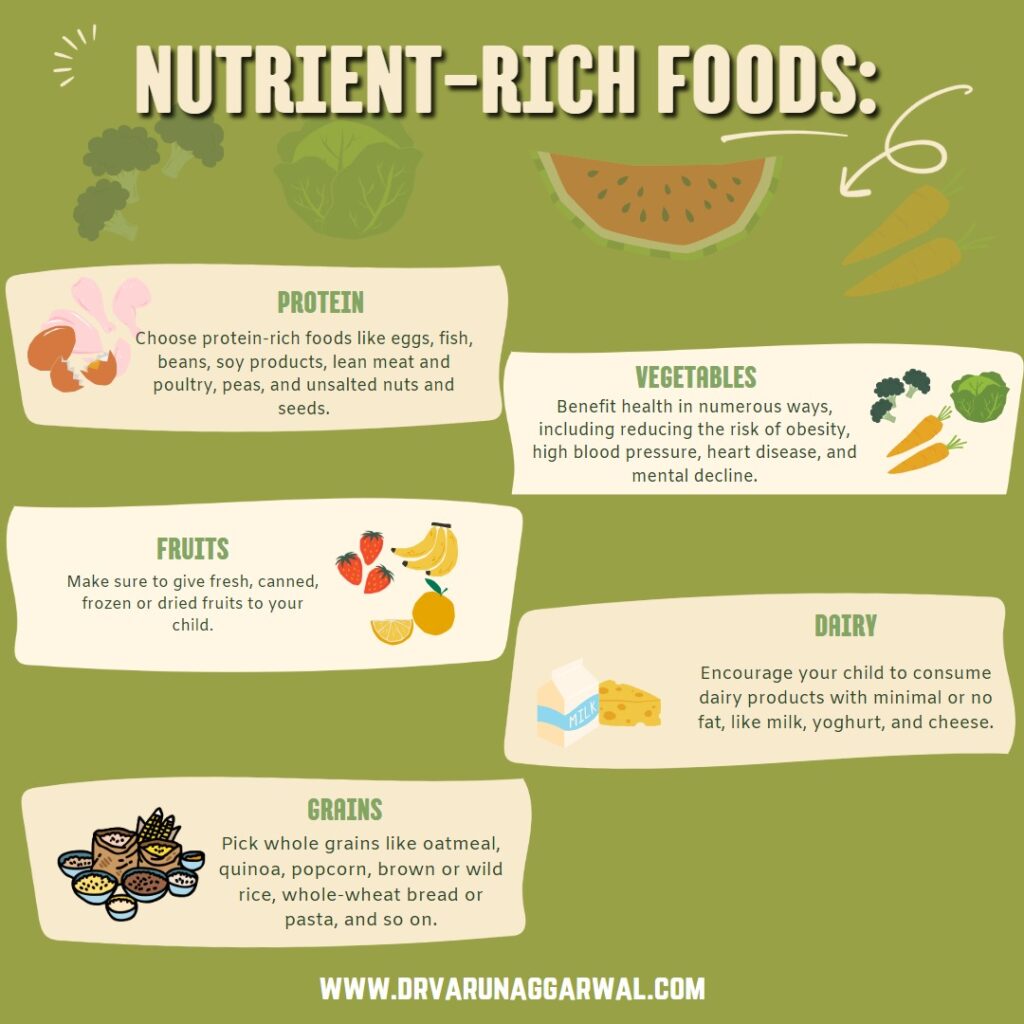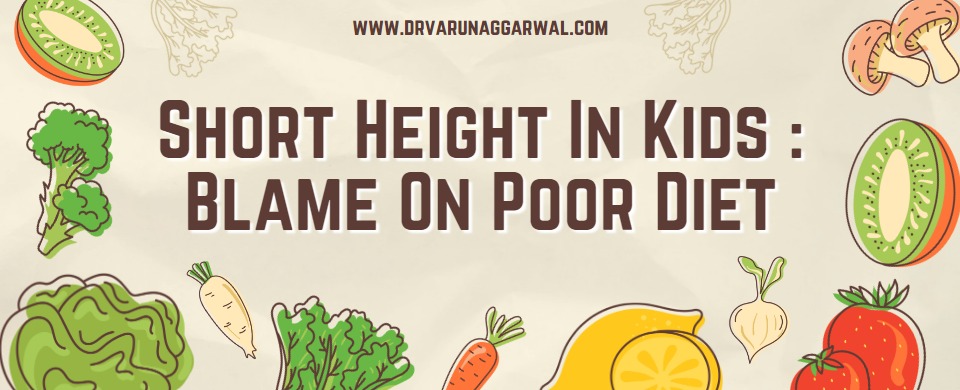Your child may be experiencing growth problems if he or she is smaller than other children of their age. A child who is smaller than 95 percent of other children his age group, is typically considered to have a medical issue.
There can be multiple reasons for the small height of your children, including genetics, hormonal disorders, poor absorption of food, and systemic illnesses.
If everything else is good but still your child has a short height, you can blame poor diet for this disorder. According to a study, Poor nutrition in children causes a difference of up to 20 centimeters in height between children around the world.
The study examined information on the height and weight of 65 million school-aged children and adolescents in 193 countries. It was led by the Imperial College London in the UK and published in The Lancet. It discovered a 20 cm difference in height between 19-year-olds in the tallest and shortest countries, which corresponds to a growth gap of eight years for girls and six years for boys. For instance, an average 11-year-old girl in the Netherlands(the nation with the tallest boys and girls) is the same height as a 19-year-old girl on average in Bangladesh and Guatemala (the countries with the world’s shortest girls).
The researchers believe that poor childhood nutrition, especially a lack of quality food, leads to stunted growth and childhood obesity – affecting a child’s health for life.
The idea for the necessary nutrition for kids is the same as for adults. The same nutrients necessary for everyone, such as vitamins, carbohydrates, minerals, protein, and fat. At different ages, children require different amounts of specific nutrients. According to Dr. Varun Aggarwal, Ortho doctor in Chandigarh, Children’s age, activity level, and other characteristics determine the best eating pattern for their growth and development.
Nutrient-dense food contains a high amount of nutrients and has little or no added sugar, saturated fat, or salt. Kids can acquire the nutrients they require while consuming fewer calories overall by focusing on nutrient-dense foods.
Take a look at these nutrient-rich foods:

Protein
Choose protein-rich foods like eggs, fish, beans, soy products, lean meat and poultry, peas, and unsalted nuts and seeds.
Vegetables
Include green leafy vegetables in your child’s diet. Aside from being packed with minerals, vitamins, and fiber, they’re also low in calories. Having a diet rich in leafy greens can benefit health in numerous ways, including reducing the risk of obesity, high blood pressure, heart disease, and mental decline.
Fruits
Make sure to give fresh, canned, frozen or dried fruits to your child. Fruit packed in its own juice or advertised as being light is best. Its low sugar content should be mentioned on the label. You can count 1/4 cup of dried fruit as one serving of fruit.
Dairy
Encourage your child to consume dairy products with minimal or no fat, like milk, yoghurt, and cheese. The fortified soy beverages is also considered dairy.
Grains
Pick whole grains like oatmeal, quinoa, popcorn, brown or wild rice, whole-wheat bread or pasta, and so on.
Click here to contact for more information.


